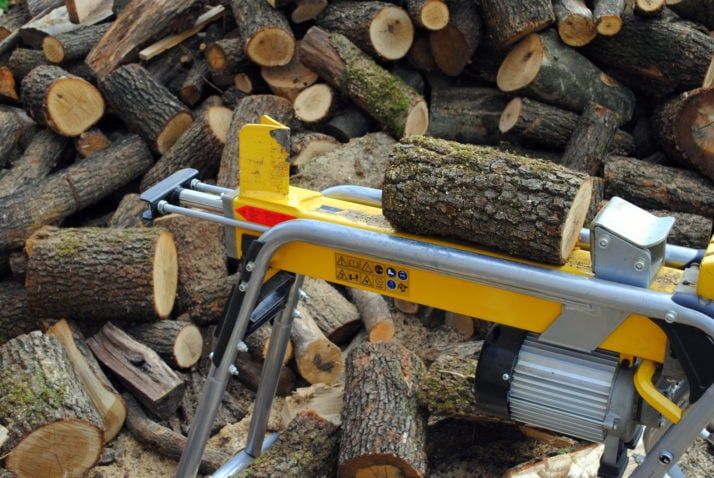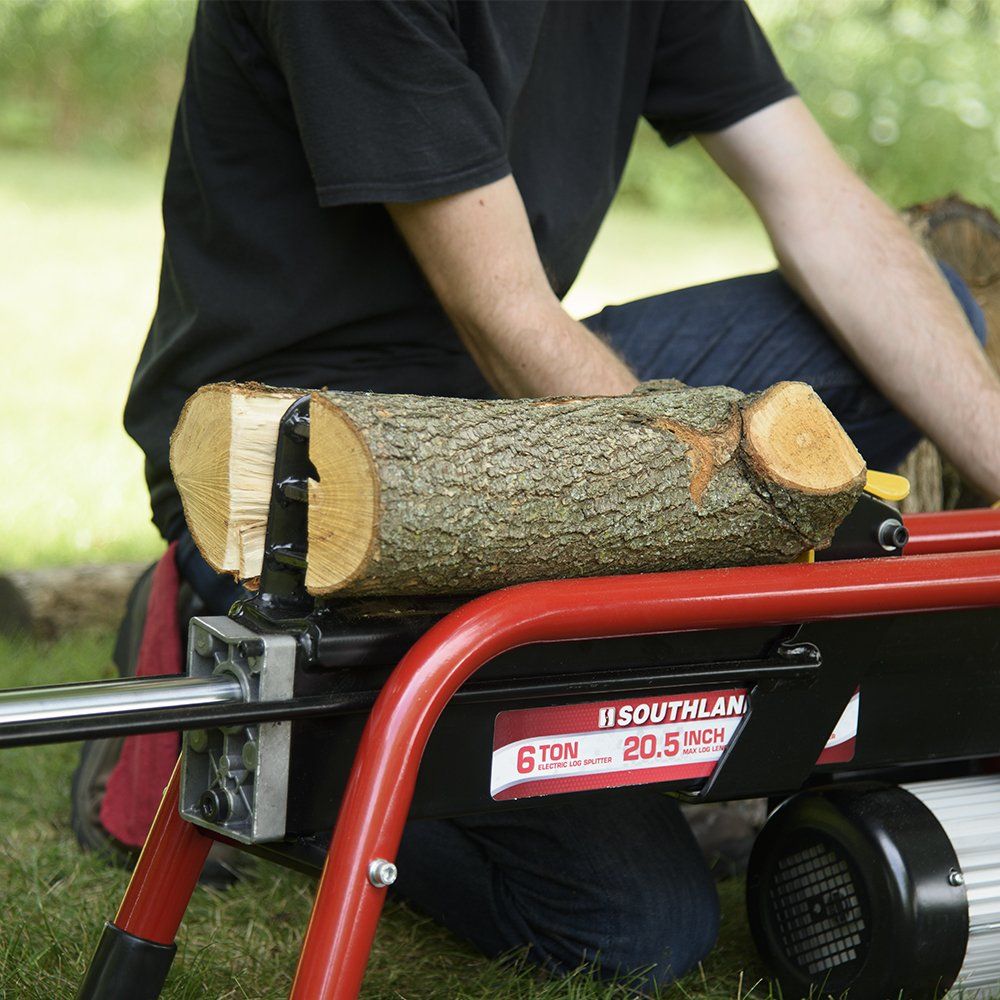Keeping a good pile of split firewood on hand is a convenient way to make a quick fire for warmth, ambiance, or social gatherings around a firepit. Wood can burn fairly quickly overall, and knowing your stockpile won’t run out anytime soon is helpful. Making that stockpile is an entirely different story.
If the idea of splitting wood in any amount is already tiring you out, then you should take advantage of the products that can make this chore much less strenuous. Log splitters are incredibly powerful and can make short work of large amounts of logs. You don’t have to go invest in a gas or electric splitter to pile up your burnable wood- there are plenty manual log splitter reviews out there that showcase the quality of a well made product for easy home use.
Best Manual Log Splitter Comparisons
|
IMAGE |
MODEL |
FEATURES |
|
|---|---|---|---|
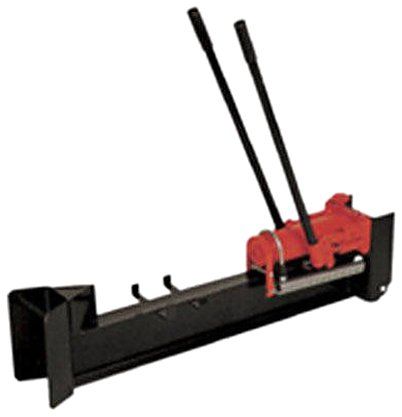
|
YTL International Forest King Manually Operated Log Splitter |
|
|
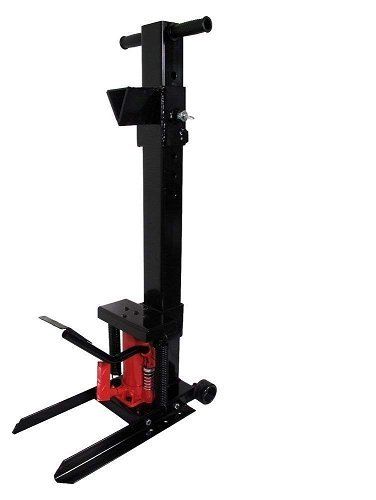
|
VULCAN Heavy Duty Log Splitter |
|
|
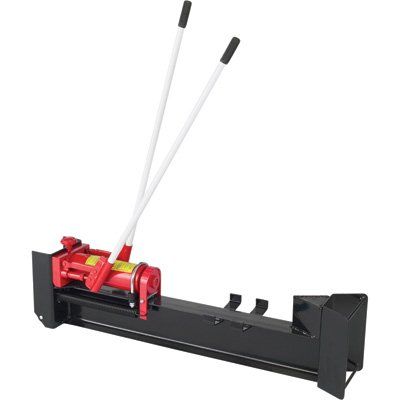
|
Wel-Bilt Horizontal Manual Hydraulic Log Splitter |
|
|
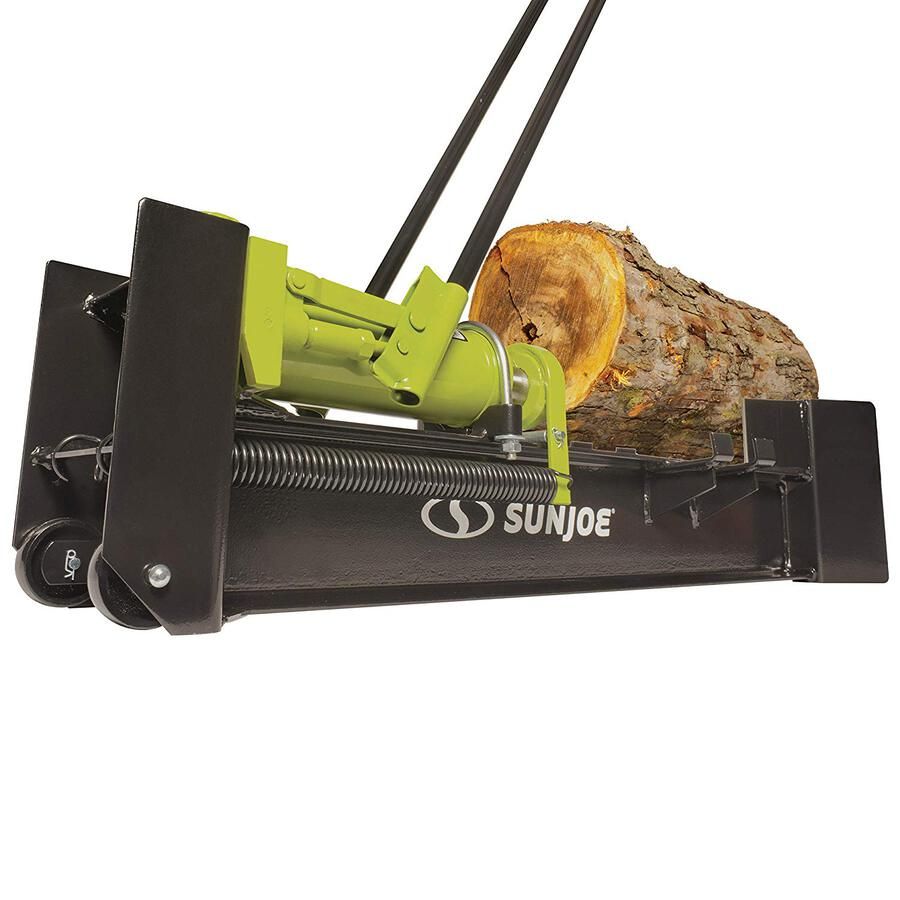
|
Sun Joe LJ10M Log Splitter |
|
|
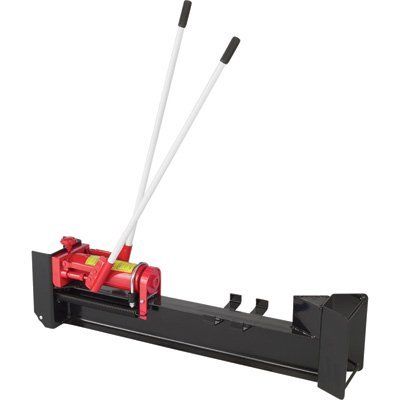
|
Ironton Horizontal Manual Hydraulic Log Splitter |
|
What is a Manual Log Splitter?
A manual log splitter is any type of product that aides in splitting a log using some sort of initial force generated by the operator. Technically you could argue that a splitting axe or wedge are forms of a manual splitter, but for this article we are focused on those types of machines are more dynamic in nature and use hydraulics or similar approaches to keep your efforts to a minimum.
Reasons to Use One
If you are asking yourself why you might want a manual splitter instead of a powerful gas or electric model, then consider these points:
- They are affordable and long lasting. These are simple tools that require no complicated mechanisms to work, thus making them budget friendly.
- They are also environmentally responsible and do not require a power source, are quiet to cut down on noise pollution, and do not have any exhaust.
- They provide great exercise! Depending on the type you choose you will exert various degrees of effort, but none as stressful as swinging an axe.
- They are neighborhood friendly and do not cause noise that might disturb a neighbor.
- They are compact and fairly lightweight- and easy to bring with you to more remote areas (such as on camping trips). They also store easily without taking up much room.
Types of Manual Log Splitters
As mentioned, axes, wedges, mauls, and slide hammers are forms of a manual splitter, but we want to highlight the products that make splitting an easier job that swinging an axe. Our focus is on hydraulic splitters, which require some physical effort on your part, but the power of the splitting itself is much more powerful than what you can provide alone with a handheld tool. This allows you to work faster and split large logs of wood with very little effort.
These splitters rely on hand or foot operation to build pressure to split logs either horizontally or vertically in one pass. They are very powerful and handle small to medium sized jobs with ease- making them the perfect choice for homeowners who like to have wood on hand for a fire.
Things to Consider When Choosing a Splitter
Most manual hydraulic options are fairly similar to one another in how much force is applied and how they work. These are not as powerful as gas and electric splitters, but knowledge of your job at hand is required in advance. Consider the following when deciding if a manual choice is the one you want for the job:
Differences Between Green and Seasoned Wood
Greenwood has not been allowed to age and dry out, making it more dense and difficult to cut. Seasoned wood has been allowed to dry, making it easier to split. You really shouldn’t burn greenwood either, so allowing it to cure is a better option if you have any.
Differences Between Hardwood and Softwood
Hardwoods come from deciduous trees and have a more dense cellular structure- requiring more force to split. Softwoods are more supple, and split more easily. There are also varying degrees of hard hardwoods, and some species are harder than others. For example, oak is much heavier and harder than birch or elm.
The Size of the Log
The larger the log, the more force required to split. Most splitters let you know what log size it can handle.
Tonnage Explained
This is an important consideration because it explains the amount of force applied for splitting. This is what all of the above cumulates in: a machine that can handle the details of the wood you need split. To put this into perspective: a 12-inch seasoned log need about 7 tons of pressure while a green log of the same size will need about 16 tons.
Top 5 Manual Log Splitters Reviews
Although the following splitters are fairly similar in design overall, they are considered the most dependable and popular choices with consumers. Look over each to decide which is right for your job.
YTL International Forest King Manually Operated Log Splitter
- Type: Horizontal hydraulic
- Tonnage: 10
- Max Log Capacity Length: 18 inches
- Warranty: 1 year
The use of two steel handles allows you to pump up the hydraulics of this splitter manually to release 10 tons of force to split your logs. The solid steel construction provides a horizontal cutting surface that has to stable wheels to allow easy maneuverability. Plus, it can cut logs up to 18” in length.
Although designed to sit on the ground, it can be used on an elevated surface to avoid having to bend over for loading and unloading. It works best on logs up to 8 inches in diameter.
Who Should Purchase This
Perfect for making short work of smaller jobs, this tool has the capacity to power through conventional log sizes quickly and efficiently.
Pros
- Works well with minimal effort
- Wheels make moving it very easy
- Stores well
Cons
- Can be over pressurized which will wear it out faster
VULCAN Heavy Duty Log Splitter
- Type: Vertical Hydraulic
- Tonnage: 8
- Max Log Capacity Length: 23 inches
- Warranty: 1 year
The Vulcan log splitter is an upright tool to split your logs vertically using a foot pedal to build hydraulic pressure. Its compact design is a popular choice and the 8 tons of force it exerts is more than enough to handle small to medium sized logs. Made from solid steel, this design doesn’t require any upper arm movement or strength other than to load your logs into place.
Lightweight and portable, it has two wheels for easy maneuverability, and can handle logs up to 23 inches in length. It also can handle logs up to 12 inches in diameter when well seasoned.
Who Should Purchase This
If using your legs instead of your arms is preferable, then this is the machine for you. Plus, the larger log length makes it a bit more versatile overall.
Pros
- Handles larger log lengths with ease
- More powerful than rated
- Simple to use
Cons
- O-rings may not hold pressure as it should over time
Wel-Bilt Horizontal Manual Hydraulic Log Splitter
- Type: Horizontal hydraulic
- Tonnage: 10
- Max Log Capacity Length: 18.5 inches
- Warranty: 1 year
Machines similar to this highlight the features that make this design so popular. Everything from easy to move handles for building hydraulic pressure to an all steel body makes it dependable and long lasting. Wheels also provide easy to maneuver steerability for storage and getting from place to place on your property.
This tool handles logs up to 18.5 inches long and 6.5 inches in diameter for a powerful, precision cut each time using 10 tons of pressure. It also has a cradle for the log to keep it from slipping to the side as you work.
Who Should Purchase This
Perfect for making short work of smaller jobs, this tool has the capacity to power through conventional log sizes quickly and efficiently.
Pros
- Works well with minimal effort
- Wheels make moving it very easy
- Stores well
Cons
- Can be over pressurized which will wear it out faster
Sun Joe LJ10M Log Splitter
- Type: Manual Hydraulic
- Tonnage: 10
- Max Log Capacity Length: 18 inches
- Warranty: 2 years
The Sun Joe manual splitter is one of the most popular on the market. It is a well known brand name that provides both quality workmanship and value. With 10 tons of driving force this splitter can handle logs up to 18 inches long and 8 inches in diameter. The wheels provide easy portability, and it cradles the log as you split it.
Handles pump easily and the durable spring allows for a quick reset to keep working without wasting time. It is compact for easy storage as well.
Who Should Purchase This
If you are on a budget and still want a quality item, this is an excellent choice. There is no lack of workmanship or material strength in this product.
Pros
- Easy to use
- Quick reset a
- Powerful splitting force
Cons
- No room for anything over 18 inches
Ironton Horizontal Manual Hydraulic Log Splitter
- Type: Horizontal hydraulic
- Tonnage: 10
- Max Log Capacity Length: 18 inches
- Warranty: 1 year
Two durable steel handles allow you to quickly pump the hydraulics of this splitter for a full 10 tons of driving force to split logs up to 18 inches in length. The horizontal cutting surface is stable and sturdy, and cradles the log as you work to avoid slipping.
Wheels allow for easy maneuvering, transport, and storage. It can handle logs up to 6.5 inches in diameter, although many consumers say it can handle more as long as the log is well seasoned.
Who Should Purchase This
Perfect for making short work of smaller jobs, this tool has the capacity to power through conventional log sizes quickly and efficiently.
Pros
- Works well with minimal effort
- Wheels make moving it very easy
- Stores well
Cons
- Can be over pressurized which will wear it out faster
Conclusion
Despite many of the close similarities shared by the above options, these are all wonderful choices for manual hydraulic log splitting. Powered by your own simple movements, up to 10 tons of driving force is applied to small to medium logs for the perfect split of firewood. Designed for the average homeowner, they are not difficult to operate nor do they require a lot of strength by the user.
If you have any experience with any of the models shown above, or want to know more about them, please let us know below. And, as always, please share!


